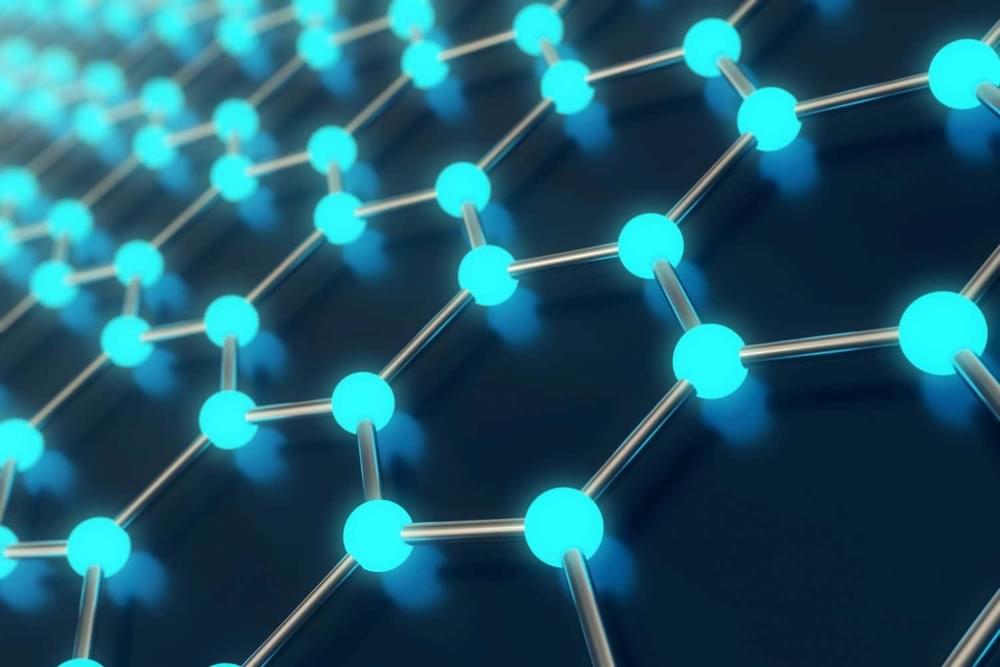In a groundbreaking study published in Nature, researchers from the University of British Columbia, the University of Washington, and Johns Hopkins University have identified a new class of quantum states in a specially engineered graphene structure. They found topological electronic crystals in twisted bilayer–tilayer graphene, made by stacking and twisting two-dimensional graphene layers.
Graphene, composed of carbon atoms arranged in a honeycomb structure, has unique electrical properties due to the way electrons hop between the carbon atoms.
Prof. Joshua Folk from UBC explains that stacking two graphene flakes with a slight twist creates a geometric interference effect known as a moiré pattern, changing how electrons move, slowing them down, and twisting their motion.
